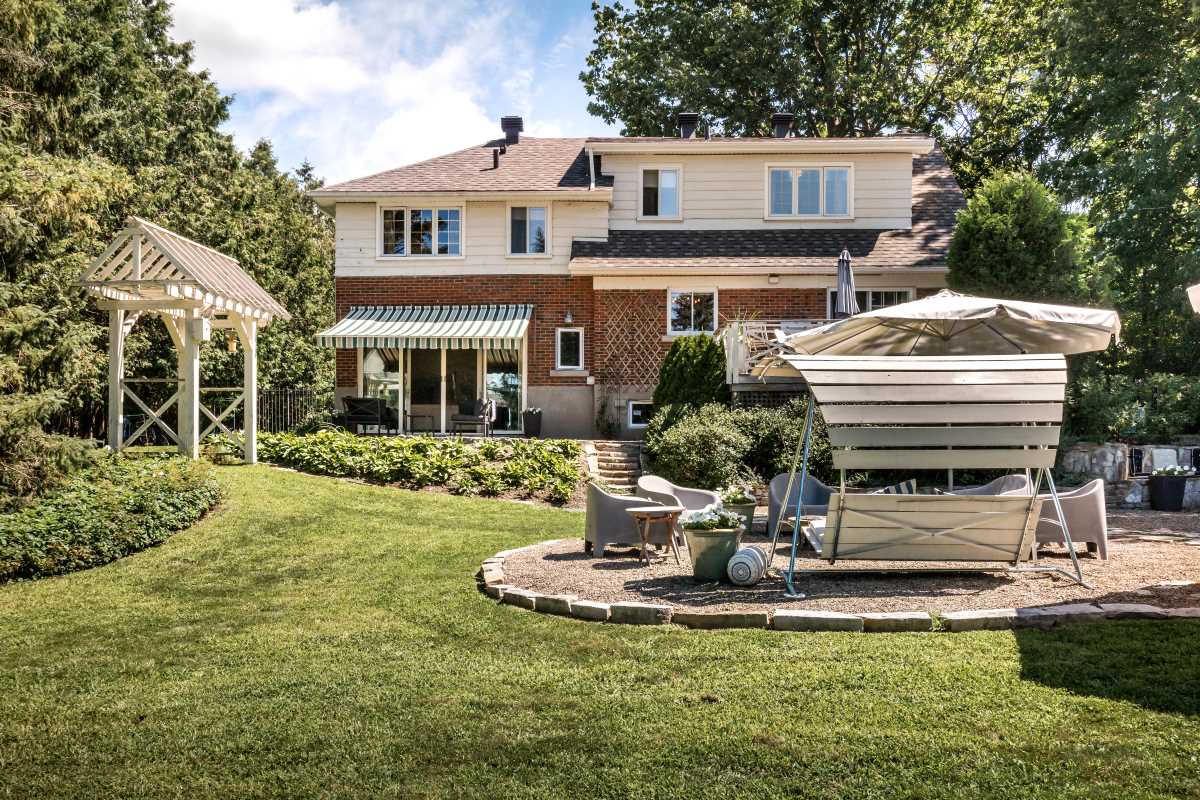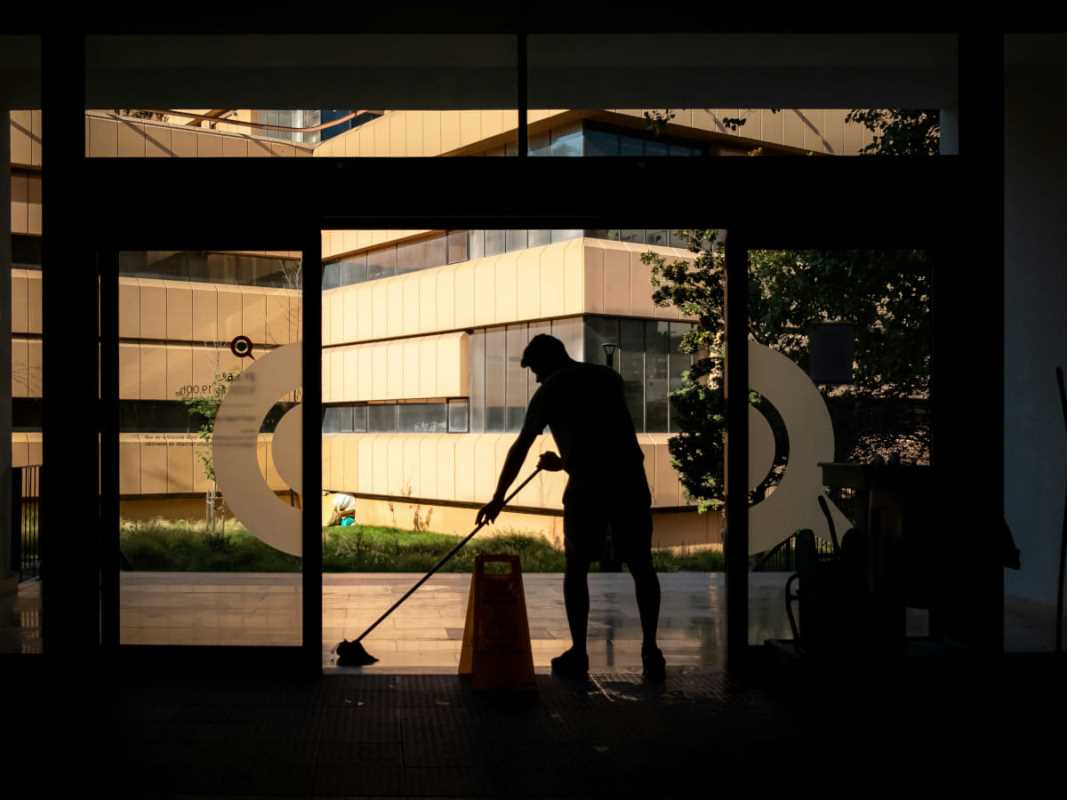Your yard is more than grass and dirt; it’s a canvas waiting for creativity. Whether you dream of a peaceful retreat or a lively entertainment space, transforming your outdoor area into something special doesn’t need to be overwhelming. With a little guidance, a few clever tricks, and some elbow grease, you can upgrade your yard like a pro. Here are five expert landscaping tips to help you turn your outdoor space into the green haven you’ve always wanted.
Planning the Perfect Layout
Before you grab that shovel, it’s time to think about a plan. Landscaping without one is like cooking without a recipe; you might wing it, but the results could be unpredictable. Start by visualizing what you want out of your yard. Are you craving a serene garden, a space for the kids to play, or an outdoor kitchen that steals the show during barbecues?
Consider dividing your yard into sections or “zones,” each with its own purpose. For instance, you might want a patio for entertaining, flowerbeds to bring color, and a lush lawn where the dog can sprint to their heart’s content. Once you have a clear idea, sketch it out. No artistry required, as long as it helps you map out where plants, furniture, or features will go.
Keep the flow of your yard in mind, too. Think pathways that lead the eye and feet smoothly from one section to another. A winding stone path or garden stepping stones can connect spaces effortlessly. Planning doesn’t just save time and money; it keeps you focused and confident as you move forward.
Choosing Plants That Thrive
The temptation to fill your yard with colorful flowers and exotic plants is strong, but not all greenery is suited for every climate. Choosing plants that work with your local conditions is the secret to a thriving landscape (and minimizing those dreaded brown spots). Take note of your yard’s sunlight exposure, soil type, and average weather.
Native plants are a great choice because they’re already adapted to your region and tend to need less maintenance. They also attract local wildlife like birds and pollinators, bringing more life to your yard.
Mixing perennials and annuals can give you the best of both worlds. Perennials come back year after year, laying the foundation for your yard, while annuals add seasonal pops of color to mix things up. And don’t forget greenery! Bushes, hedges, or ornamental grasses provide texture and can add structure to flowerbeds.
When planting, group greenery with similar water and sunlight needs together, creating harmony between what thrives and what you can realistically maintain. Your yard will thank you for this thoughtful approach by returning the favor with lush, healthy growth.
Hardscape Features That Wow
While plants and flowers steal most of the attention, hardscaping is the unsung hero of landscaping. These non-living elements give your yard both structure and personality, turning a plain outdoor space into something extraordinary. From pathways to patios, there’s no shortage of ways to elevate your yard.
Start with pathways to guide your design and enhance function. Gravel, stone, or brick paths add charm and prevent muddy trails from forming. For larger gathering spaces, a deck or patio finished with pavers or slate offers a polished look and stands up to weather.
Want to add a focal point? Building a retaining wall, adding a fire pit, or installing a water feature can work wonders. A small pond or a gurgling fountain brings a soothing soundtrack to your yard, while a fire pit draws people together for cozy evenings outside.
Hardscape features require less upkeep than plants but still bring as much style and functionality to your outdoor space. Balance is key, though. Too much hardscape can feel cold or unnatural, while just the right amount will make your yard feel complete.
Layering for Depth and Drama
One of the smartest tricks in landscaping is creating layers. Layering plant heights, textures, and colors delivers depth, making your yard feel more like a personal oasis than a flat patch of land. Start with your tallest greenery at the back, medium height plants in the middle, and shorter blooms near the front.
Hedges or trees planted along property lines make excellent background layers, adding privacy while framing the space. Medium-height shrubs and grasses create visual interest in the middle ground, working as a bridge between the towering backdrop and smaller pops of color. Finally, low-growing flowers, ground cover, or even succulents keep the front grounded and inviting.
It’s not just about height, though. Texture rounds out the layers, giving your yard a cohesive look. Mix glossy leaves with feathery ferns, and don’t be afraid to play with contrasting blooms, like light pastels against rich, deep hues. Layering isn’t just eye-catching; it creates a finished landscape you’ll want to linger in.
Maintenance That Keeps It Impressive
Even the most stunning yard can lose its charm if it’s not maintained. But don’t worry; keeping your landscape picture-perfect doesn’t have to become a full-time job. A consistent but simple maintenance routine is all you need.
Start by regularly trimming shrubs, deadheading flowers, and pulling weeds to keep everything looking neat and healthy. Investing in quality mulch prevents weeds, retains moisture, and gives your flowerbeds a clean, uniform look. Plus, who doesn’t love that earthy scent when you lay it down?
Irrigation is another major key, especially during dry spells. Simple drip systems or soaker hoses make watering a breeze and reduce waste. Want to save even more water? Capture rain with a barrel and use it to feed your plants during hotter months.
Stay ahead of seasonal changes as well. Fall might require extra raking, and spring usually calls for fresh soil and flowerbed updates. Breaking tasks into regular, manageable chunks lets you enjoy your yard instead of stressing over it. Before you know it, maintenance will feel as rewarding as enjoying the space itself.
 (Image via
(Image via





